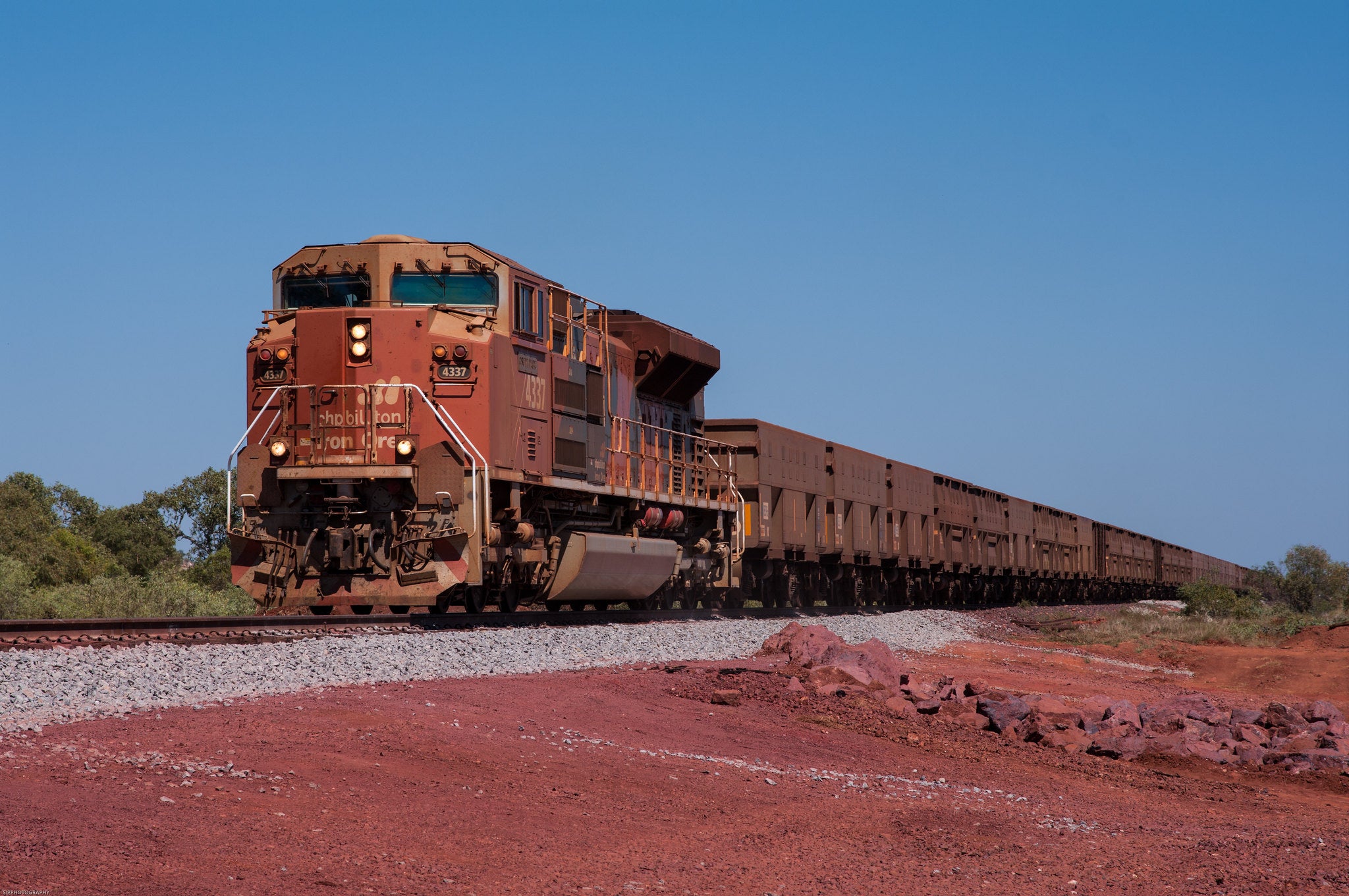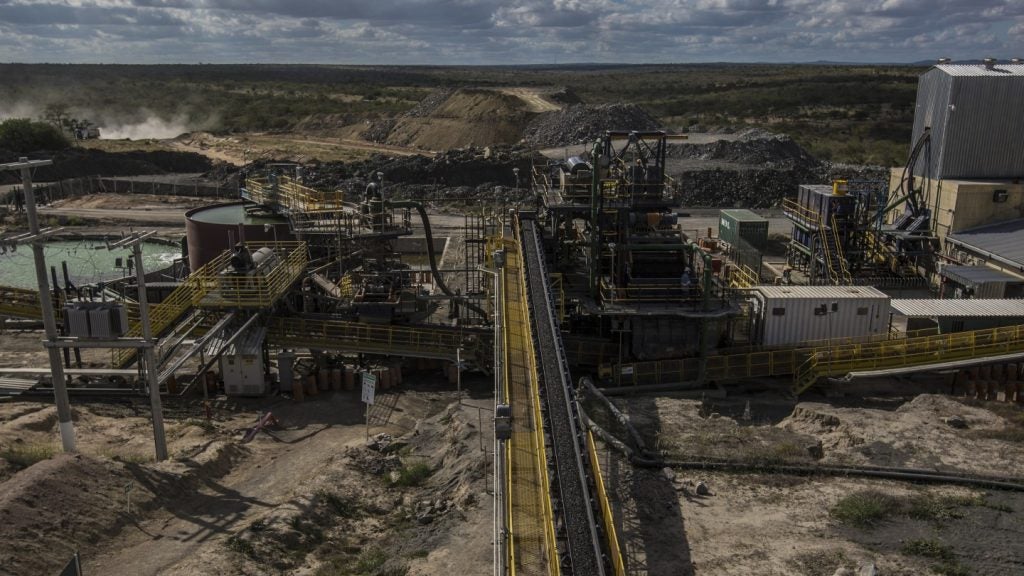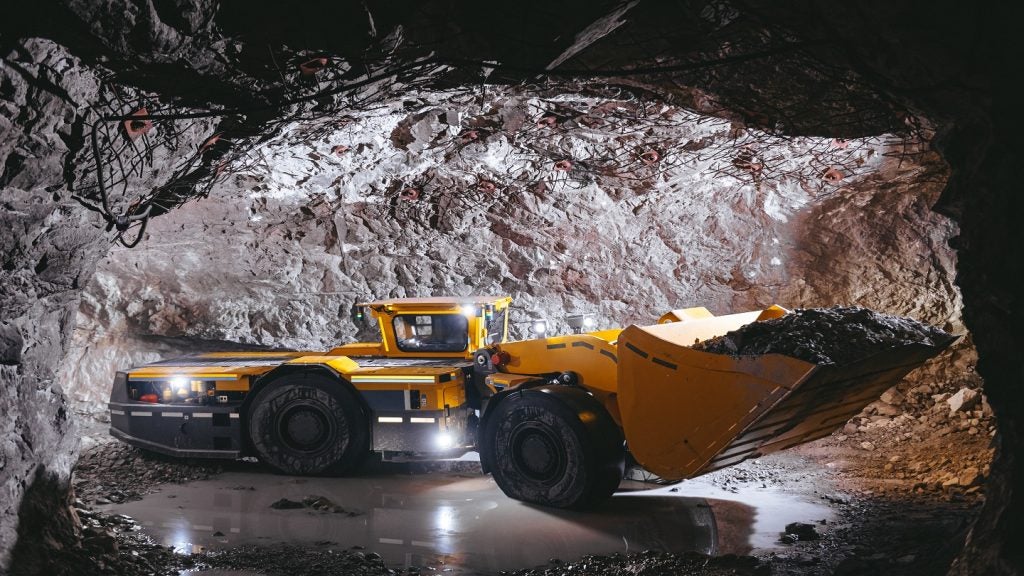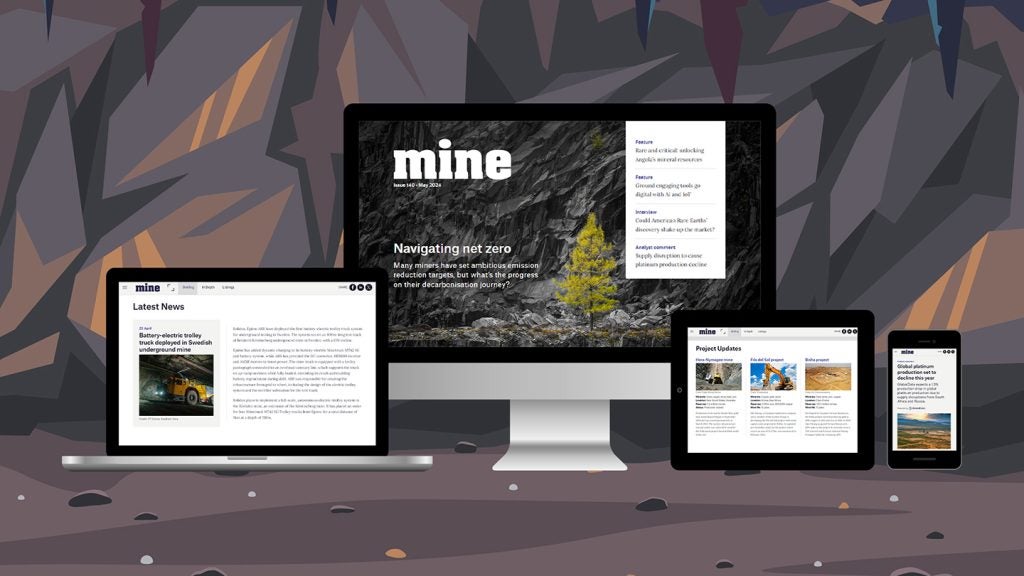
The 21st Century is a stressful time for mining companies. Alongside existential threats to the very industry itself as resources diminish across the globe, and the increasingly politicised nature of mining and resource management, the spread of social media and communications technology means miners’ every move is scrutinised and analysed to a precise degree.
Balancing the need to be financially profitable and environmentally responsible is a challenge for any miner, and the public perception of a company and its activities can be one of the most influential factors in determining company’s future. These perceptions work both ways, from the outrage at Vale, following its role in the 2019 Brumadinho dam collapse, to the congratulations sent to CITIC Pacific after the expansion of its brand the following year.
While these perceptions can be a nebulous concept, they do coalesce into a coherent brand identity, which stands as much for the actual value of a company as its perceived value. Each year, Brand Finance publishes a ranking of the most valuable mining companies in the world, both in terms of the financial value of its brand, and the general strength of its corporate identity. Its rankings also shine a light on the perceptions of some of the world’s biggest miners. Today, Brand Finance has published its 2021 ranking, revealing a general decline in the value of the world’s mining brands, but with enough success stories to inspire the sector to continue improving its public perception.
Falling values, stable rankings
The main takeaway from the report is the general decline in the financial value of miners’ brands over the last year. Of the ten most valuable brands in the latest report, only three – Glencore, Nippon Steel, and Baowu – saw the value of their brands increase, while BHP, named the most valuable mining brand in both years, saw its value fall by 13.9% from 2020 to 2021.
Savio D’Souza, valuation director at Brand Finance also points out that, on average, the value of the world’s top 25 mining brands fell 4% year-on-year. If outliers such as the dramatic increases in the value of Barrick Gold and Newmont, rising 42.3% and 31.5% respectively, are discounted, the general impression of the value of the world’s mining brands is even more grim.
“Generally, the mining industry has closely mirrored global economic conditions, which were driven by volatile demand and low responsiveness of supply,” explains D’Souza. “The Covid-19 pandemic added an extra layer of uncertainty given its global nature. Areas that suffered due to the pandemic in particular were operations and supply chain and, to a certain extent, global demand.”
How well do you really know your competitors?
Access the most comprehensive Company Profiles on the market, powered by GlobalData. Save hours of research. Gain competitive edge.

Thank you!
Your download email will arrive shortly
Not ready to buy yet? Download a free sample
We are confident about the unique quality of our Company Profiles. However, we want you to make the most beneficial decision for your business, so we offer a free sample that you can download by submitting the below form
By GlobalDataYet despite the generally declining value of mining brands, no one company in the top 25 has seen its value plummet. The miner to lose the most value was China Shenhua, which saw a 21.9% drop in its value between 2020 and 2021, but the company only fell three places in the rankings, making it the world’s tenth-most valuable mining brand despite its struggles. Indeed, the miner’s brand strength index (BSI), a measure of the influence of its brand beyond just financial power, increased by 1.6% over the period, highlighting that the struggles experienced across the mining industry have not translated to a significant decline for any particular company.
Lessons to learn and projects to support
Yet it is also true that the world’s biggest miners remain hugely valuable, at least in a financial sense. While the general decline in the value of mining brands is concerning, these remain some of the world’s largest and wealthiest companies, and are well-positioned to minimise losses, and improve their brand and financial performances in the future. China Shenhua, despite its struggles, still boasts a brand worth more than $2bn, and the most valuable mining brand, BHP, sits at just less than $5bn.
This strong financial background has helped many of the miners profiled by Brand Finance overcome the challenges of the last 12 months, most notably the Covid-19 pandemic.
“Supply chain disruption has been a cause of concern with workers having to practise social distancing,” says D’Souza, who goes on to highlight how those companies have worked to overcome these challenges. “Most brands suspended – at least temporarily – non-essential operations and a growing number have temporarily closed mines, as well as quarantining parts of their operations to protect employees.
“Due to the lack of a concerted global response to Covid-19, especially at the beginning of the pandemic, brands had to implement different measures in different countries. On the other hand, solutions were available to facilitate remote monitoring, remote maintenance, and remote support and we believe there have been good steps forward on these technologies thanks to the pandemic.”
D’Souza pointed towards projects such as BHP’s Vital Resources Fund as an example of how a mining company can deploy some of its vast resources to tackle the specific challenges of the Covid-19 pandemic and help reinforce the strength of its brand in the process. The fund is a $37.6m project to provide healthcare services for communities based in and around its facilities in Australia and highlights the potential for miners to make a positive social impact in the regions they operate.
Leading the way
Despite the general decline in brand value across the mining sector, there are several success stories of companies that have actually strengthened their brand over the last year. Most notably these include the gold miners Barrick Gold and Newmont, which saw the value of their brands increase by 42% and 32% respectively, and ended the year as the 17th– and 14th-most valuable mining brands respectively.
Newmont and Barrick Gold were also ranked first and second on the BSI rankings. As specialist miners, they are unlikely to challenge more diverse companies such as BHP for the top of the purely finance-based rankings, but their standout performances on the BSI rankings highlight the strength of their reputations beyond their financial spheres of influence. These BSI rankings are also improving, with Newmont and Barrick Gold seeing their brand strength increase by 17.7% and 15.2% respectively, as both build on their reputations in the mining industry.
“This result was possible thanks to its solid performance but also its vision, governance, and reputation,” says D’Souza of Newmont’s successes. “In 2020, Newmont achieved record performance generating great value for shareholders. It also achieved record safety performance with the lowest injury rate in company history. The success of the brand comes off the back of two historic transactions in 2019, that have transformed Newmont into a truly international organisation with an unmatched portfolio of assets and prospects in top-tier jurisdictions around the world.”
Yet there remains an existential challenge for miners seeking to improve their corporate brands, as mining itself is considered by many to be a destructive, or at least outdated, industry. D’Souza points to a rich history of mining and energy companies looking at rebranding to improve their reputations. From BP at the turn of the century to Bravus earlier this year, miners are showing how in spite of these challenges, there are opportunities to improve their brand identity.
“Mining is often perceived as one of the least reputable sectors, mostly associated with negative perceptions,” D’Souza says. “Large multinational mining companies unsurprisingly generally have a better reputation, compared to regional or local players, given the need to maintain their licenses to operate in different areas of the world. However, there is still little differentiation amongst brands on the key attributes that drive reputation.
Brands’ reputations can improve only if the rebranding is well aligned to a renewed business strategy, vision, and purpose. There are few key steps to ensure this happens: understand and manage drivers of reputation of the corporate brand with different stakeholders; understand how reputation varies by geography as it could ultimately affect companies’ licence to operate; [and] walk the talk – deliver the promise and the vision and be aligned to your purpose.”






